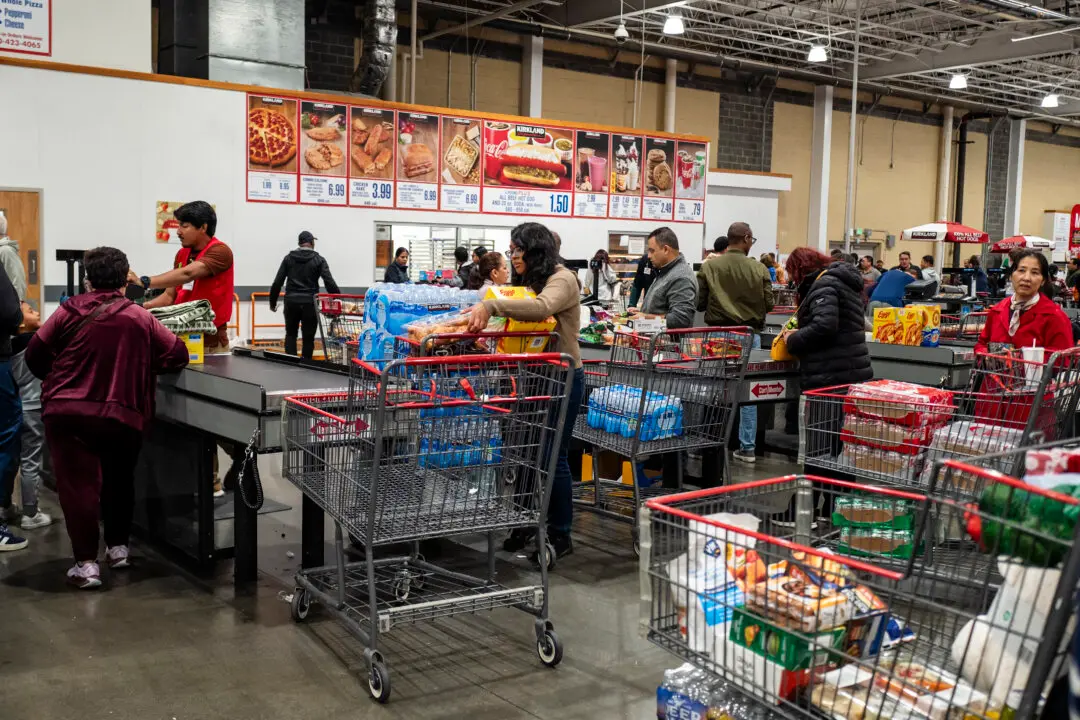The U.S. annual inflation rate surged to its highest level since 1982 in January, new Bureau of Labor Statistics (BLS) data show.
Last month, the consumer price index (CPI) climbed 7.5 percent, topping the market estimate of 7.3 percent. The core inflation rate, which eliminates the volatile energy and food sectors, advanced 6.0 percent, slightly higher than economists’ forecasts of 5.9 percent.





